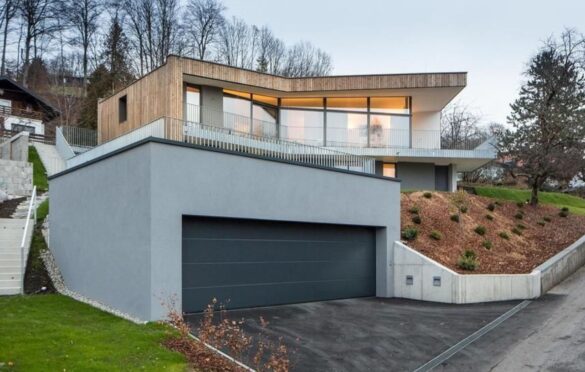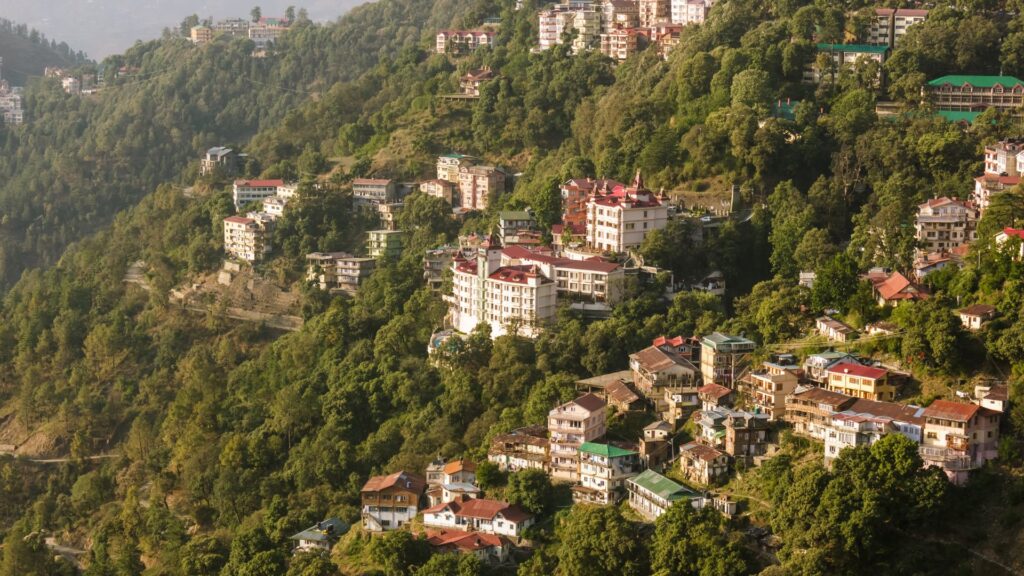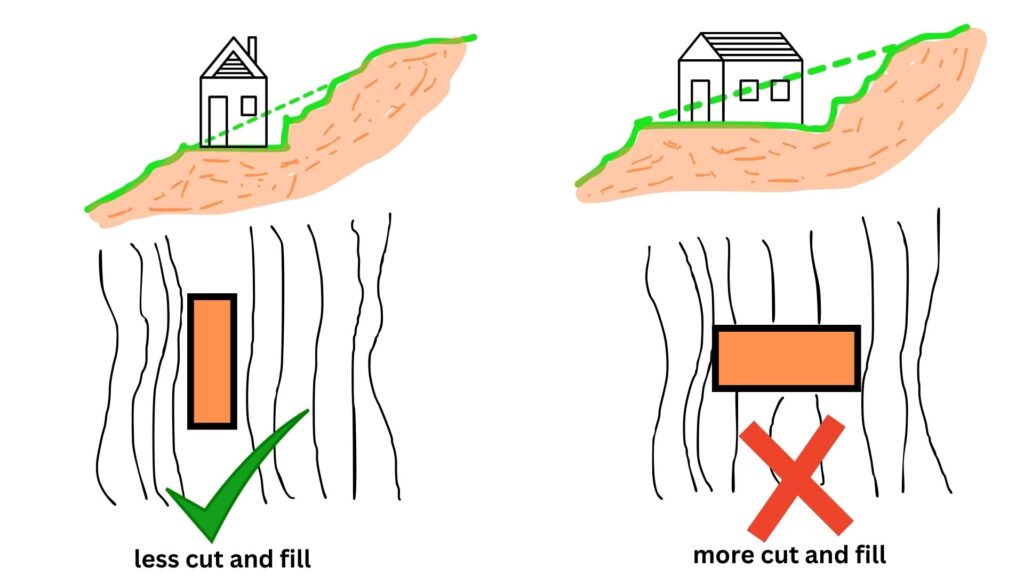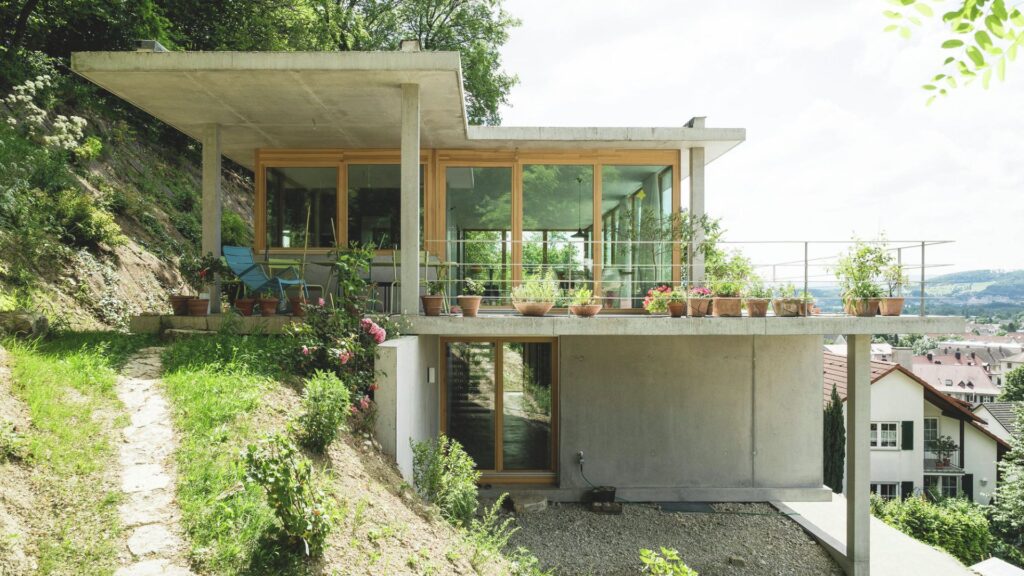Building on a Sloped Site

Introduction
When it comes to architectural innovation and creating unique, breathtaking homes, building on a sloped site presents both challenges and opportunities that can result in remarkable dwellings that seamlessly blend with the natural landscape. In this comprehensive guide, we will delve into the intricacies of constructing on uneven terrain, exploring effective strategies, expert advice, and real-world examples that highlight the beauty and functionality of homes built on sloped sites.

Understanding the Terrain: The Appeal and Challenges
The Allure of Sloped Site Construction
Building on a sloped site offers a sense of exclusivity and intimacy that flat land cannot replicate. The panoramic views, dynamic design possibilities, and enhanced privacy make it a compelling choice for homeowners seeking a distinctive living experience.
Overcoming the Challenges of Sloped Sites
While the allure is undeniable, constructing on sloped terrain requires meticulous planning and execution. Erosion control, foundation stability, and water management are just a few of the challenges that must be addressed to ensure the longevity and safety of the structure.

Strategic Approaches to Successful Construction
Comprehensive Site Analysis and Design
Before breaking ground, a thorough site analysis is imperative. Topography, soil composition, drainage patterns, and local regulations play pivotal roles in determining the design and layout of the dwelling. Collaborating with geotechnical engineers and architects well-versed in sloped site construction is essential.
Innovative Foundation Systems
Foundations on sloped sites demand innovative solutions. Piers, piles, or retaining walls can provide the necessary support while minimizing excavation and disturbance to the land. These systems distribute the weight evenly, mitigating the risks associated with soil erosion and foundation settling.

Expert Insights: Architectural and Engineering Perspectives
Architect’s Vision – Harmonizing with Nature
Renowned architect Sarah Reynolds emphasizes the importance of harmony with nature: “Sloped sites offer a canvas to blend the architecture with the landscape seamlessly. Utilizing terraces, cantilevers, and thoughtfully placed windows, we can frame the surroundings like living artwork.”
Engineering Excellence – Stability and Safety
Geotechnical engineer Michael Turner underscores the engineering challenges: “Ensuring stability is paramount. Soil analysis, proper grading, and erosion prevention measures are pivotal. Collaboration between architects and engineers is non-negotiable for a successful outcome.”
Inspirational Case Studies
The Cliffside Retreat: A Modern Marvel
Perched majestically on a steep incline, the Cliffside Retreat stands as a testament to innovative design. Its cantilevered structure and extensive use of glass create a symbiotic relationship between the interior and the sprawling landscape.
The Hilltop Haven: Luxury Redefined
The Hilltop Haven showcases the synergy of luxury and eco-friendliness. By adhering to the natural contours, this residence minimizes its carbon footprint while maximizing the breathtaking views that only a sloped site can offer.
Frequently Asked Questions
What are the main challenges of building on a sloped site?
Constructing on a sloped site presents challenges such as erosion control, foundation stability, and efficient water drainage. These challenges require careful planning and the expertise of professionals.
How can I ensure my sloped site home is structurally sound?
Ensuring structural integrity involves a comprehensive site analysis, innovative foundation systems, and collaboration between architects and engineers. Prioritize working with professionals experienced in sloped site construction.
Are there cost implications for building on sloped sites?
Building on a sloped site can incur higher costs due to the need for specialized foundation systems, soil stabilization, and potential retaining walls. However, these costs are often outweighed by the unique benefits and resale value of such properties.
Conclusion
Building on a sloped site is a journey of creativity, engineering acumen, and respect for the environment. While challenges abound, the resulting homes are masterpieces that redefine luxury, sustainability, and architectural innovation. By embracing the expertise of professionals, leveraging innovative technologies, and harmonizing with the landscape, homeowners can transform a challenging terrain into a haven that truly elevates their living experience.
